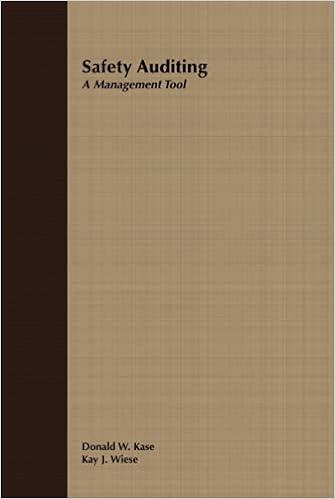Answered step by step
Verified Expert Solution
Question
1 Approved Answer
10 MR. 4 70 50 3.67 3.67 256.90 36.70 12 MR. 5 10 40 183.10 146.40 246.40 4.16 163.20 15 P.O. 11 20 5 100

10 MR. 4 70 50 3.67 3.67 256.90 36.70 12 MR. 5 10 40 183.10 146.40 246.40 4.16 163.20 15 P.O. 11 20 5 100 60 20 4.16 83.20 40 MR. 6 20 M.R. 7 10 24 P.O. 13 40 3 120 4.16 41.60 30 121.20 241.60 3.45 26 70 31 Shortage 5 17.25 65 224.35 1. State whether each of the following statements is 'True or False 6) The valuation of inventory only affects the income statement. () Periodic inventory gives a continuous balance of stock in hand. (ii) FIFO method correlates the current costs with the current market prices. (iv) Inventory should be valued at the lower of historical cost and current replacement cost. (v) LIFO method is suitable for items which are of non-perishable and bulky type. (vi) Changes in the accounting policies relating to stock valuation are explained only to statutory auditors and not disclosed in the financial statements. 7.3.6 Net Realizable Value According to International Accounting Standard: 2 (IAS: 2), the net realizable value means "the estimated selling price in the ordinary course of business less costs of completion and less costs necessarily to be incurred in order to make the sale". Thus, net realizable value is to be calculated after taking into consideration all expenses which might have to be incurred for making sales. For example, if the seller has to pay a commission of 20 per cent on sales, the net realizable value of an article having a selling price of Rs 10 should be taken as only Rs 8. Inventories are to be valued at cost or net realizable value, whichever is less. The ascertainment of net realizable value of different items and its comparison with the historical costs can be done by any of the following methods: 1. Aggregate or total inventory methodAccording to this method, the total cost prices of the different items of inventories are calculated and the total, so calculated, is compared with the total of net realizable value of the different items of inventory. Inventory is valued at a price which is the least of the two. 2 Group method - According to this method, groups are formed of homogeneous items of inventory. The cost and the net realizable value of each group so formed are found out. The least of the two cost or net realizable value of each group of items, is taken for valuation of inventory . 3. Item by item method --According to this method, the cost and net realizable prices of each item of inventory are found out. Each item is valued at a price of the cost or net realizable value, whichever is the least. IAS: 2 has recommended the use of the group' or 'item by item' method for valuation of inventory. The 'aggregate or total inventory' method has not found favour with the International Accounting Standards Committee. The following illustration will explain the difference between all the three methods. Illustration 7.7. The following are the details regarding inventories of a manufacturing concern as on 31 December 2003: 56 Inventory Categories Cost (Rs) Market Price (Rs) Category 1: A 6,000 9,000 B 10.000 9.500 Category 2: C 15,000 17,000 D 20,000 14,000 Total 51,000 49.500 You are required to determine inventory value using 'lower of cost or market value' basis, according to each of the following methods: (i) Aggregate or total inventory method. (ii) Group method, and (iii) Item by item method
Step by Step Solution
There are 3 Steps involved in it
Step: 1

Get Instant Access to Expert-Tailored Solutions
See step-by-step solutions with expert insights and AI powered tools for academic success
Step: 2

Step: 3

Ace Your Homework with AI
Get the answers you need in no time with our AI-driven, step-by-step assistance
Get Started


